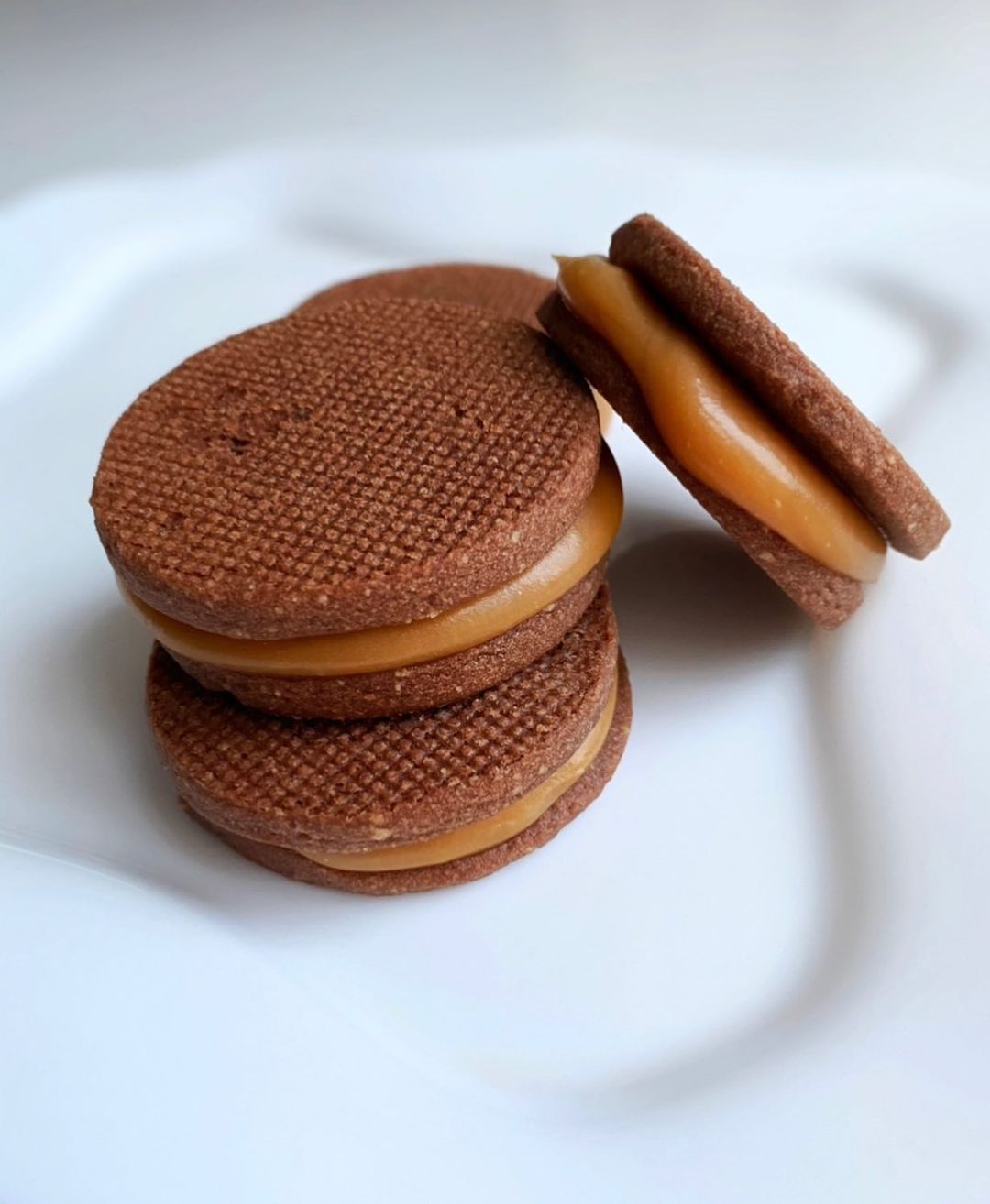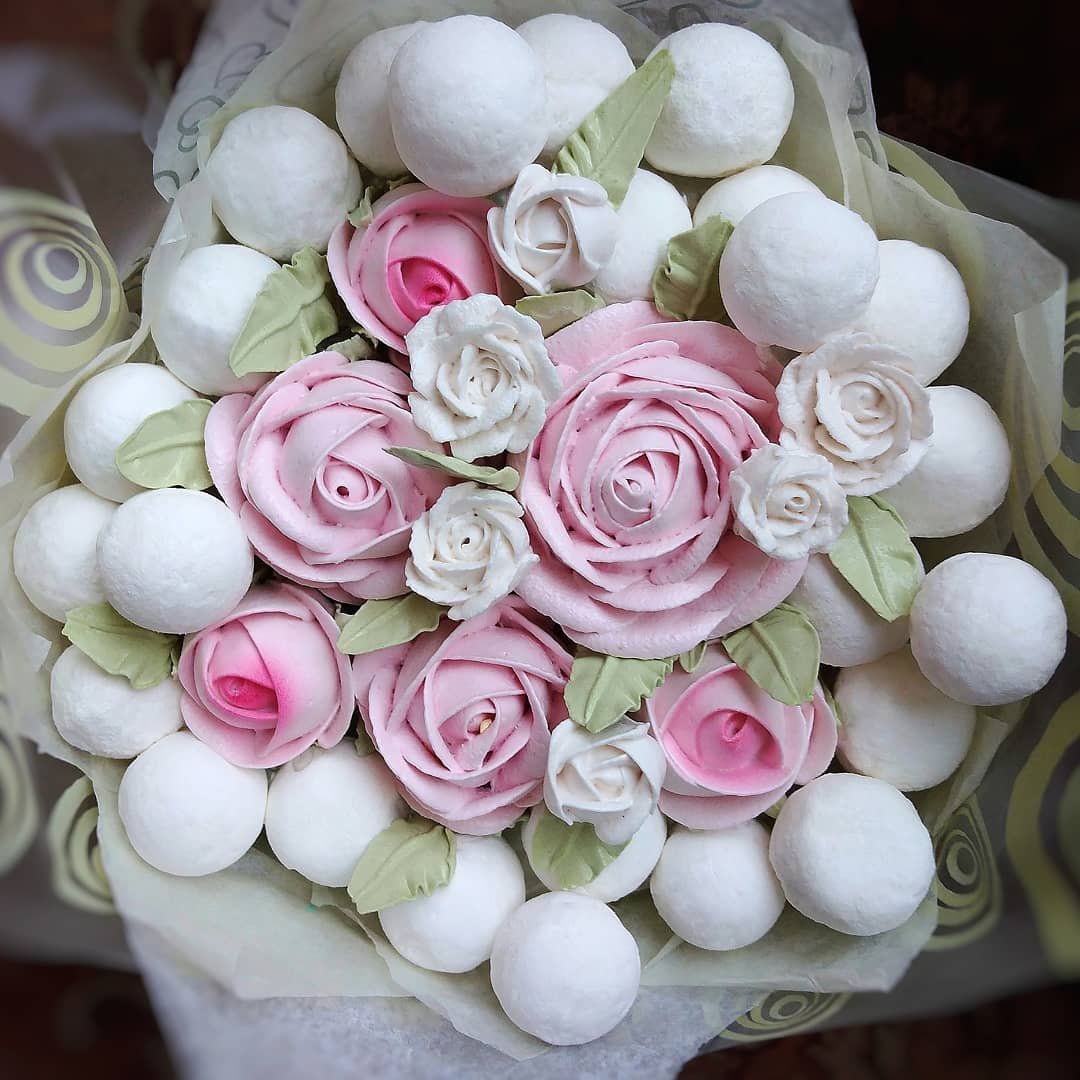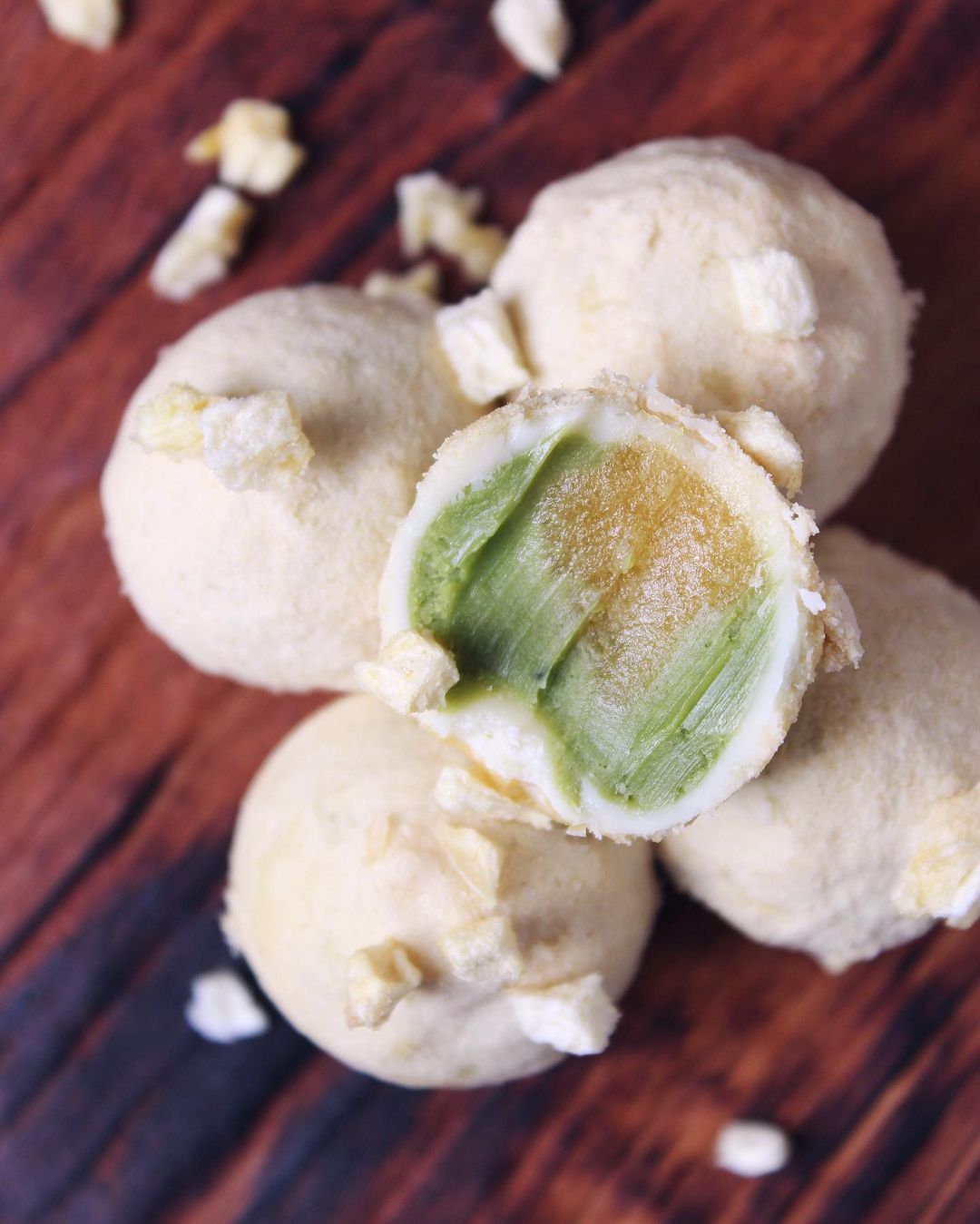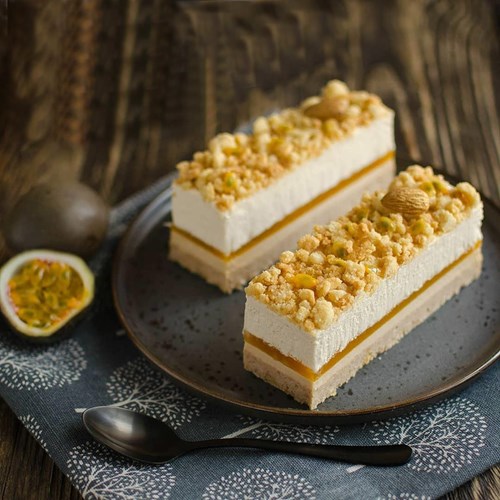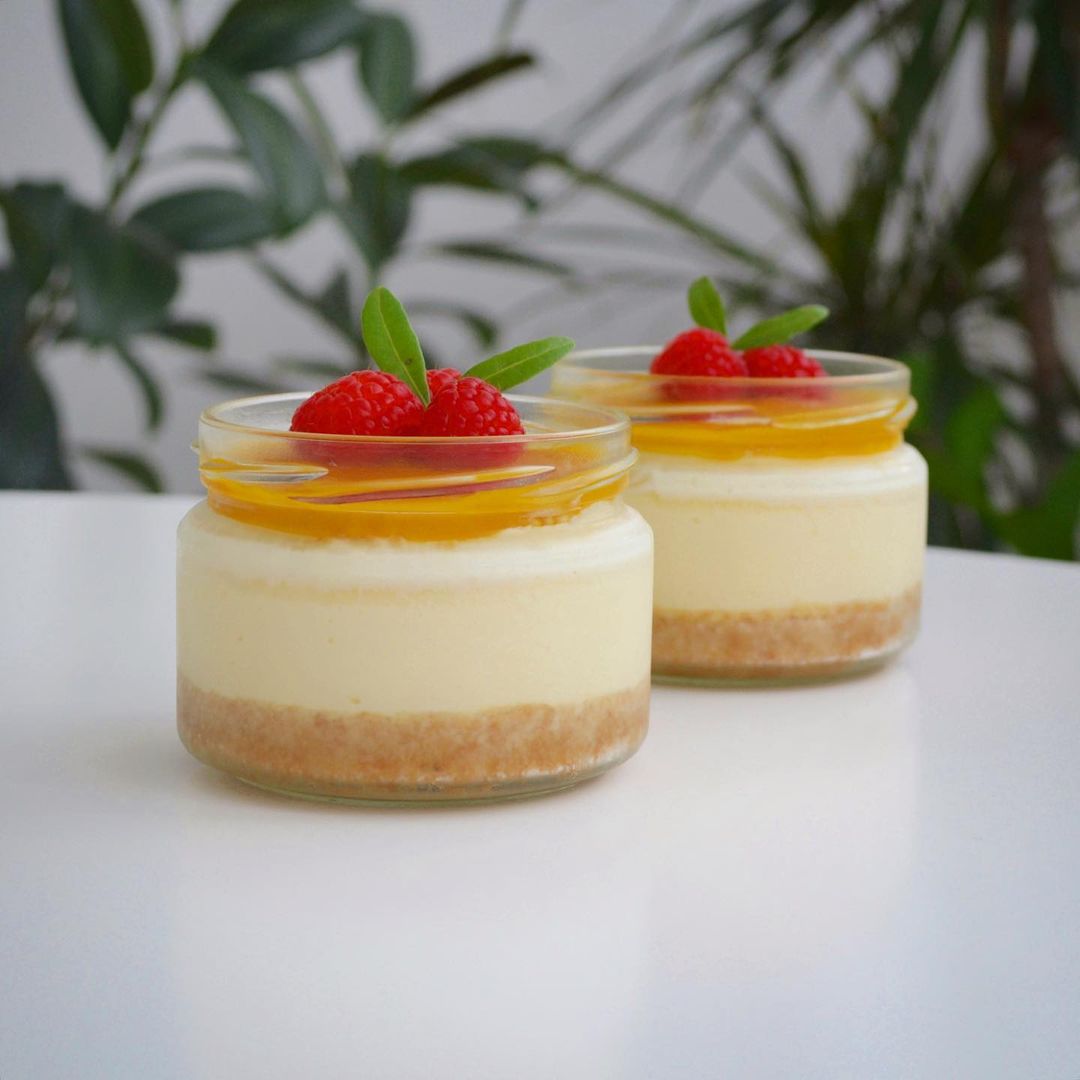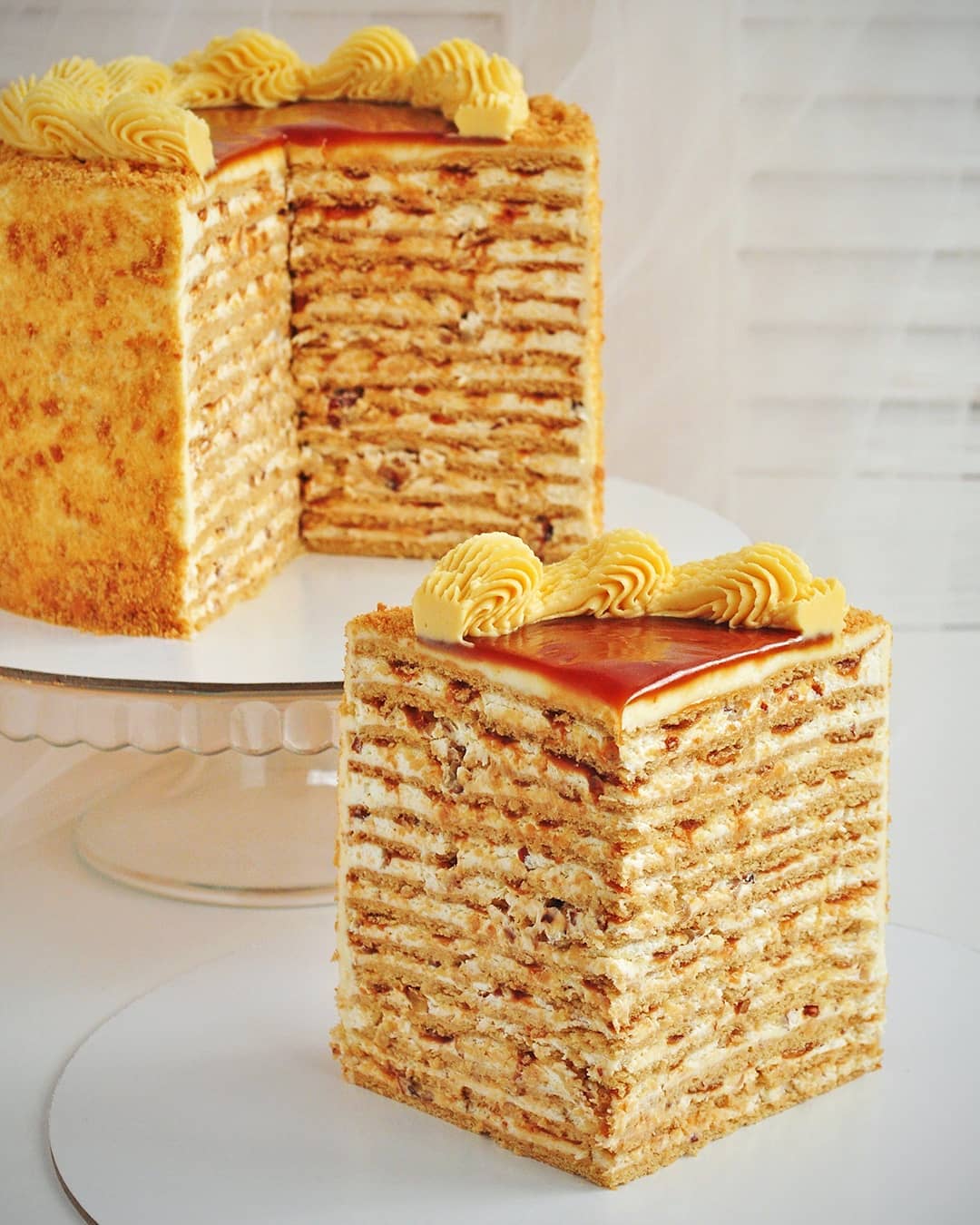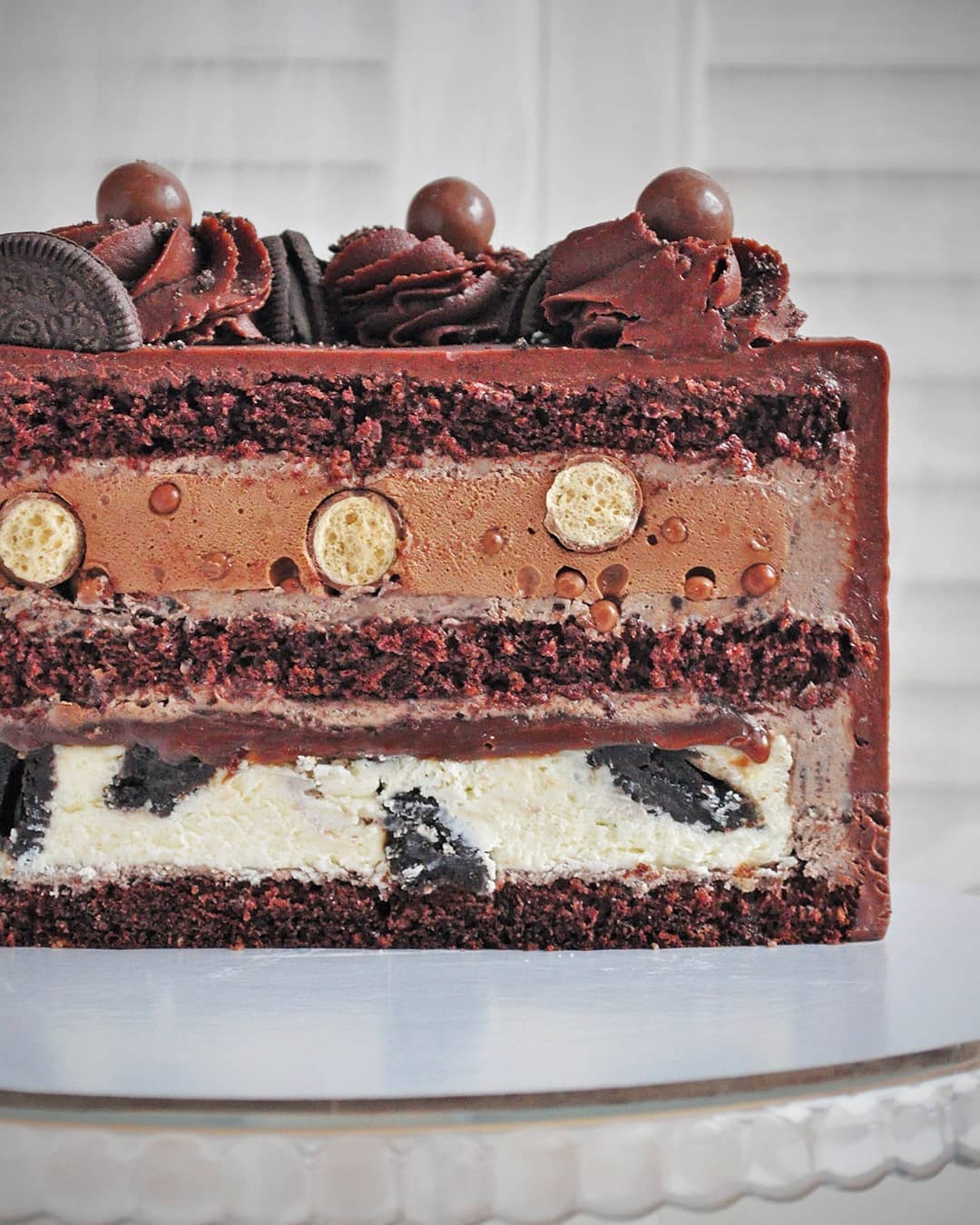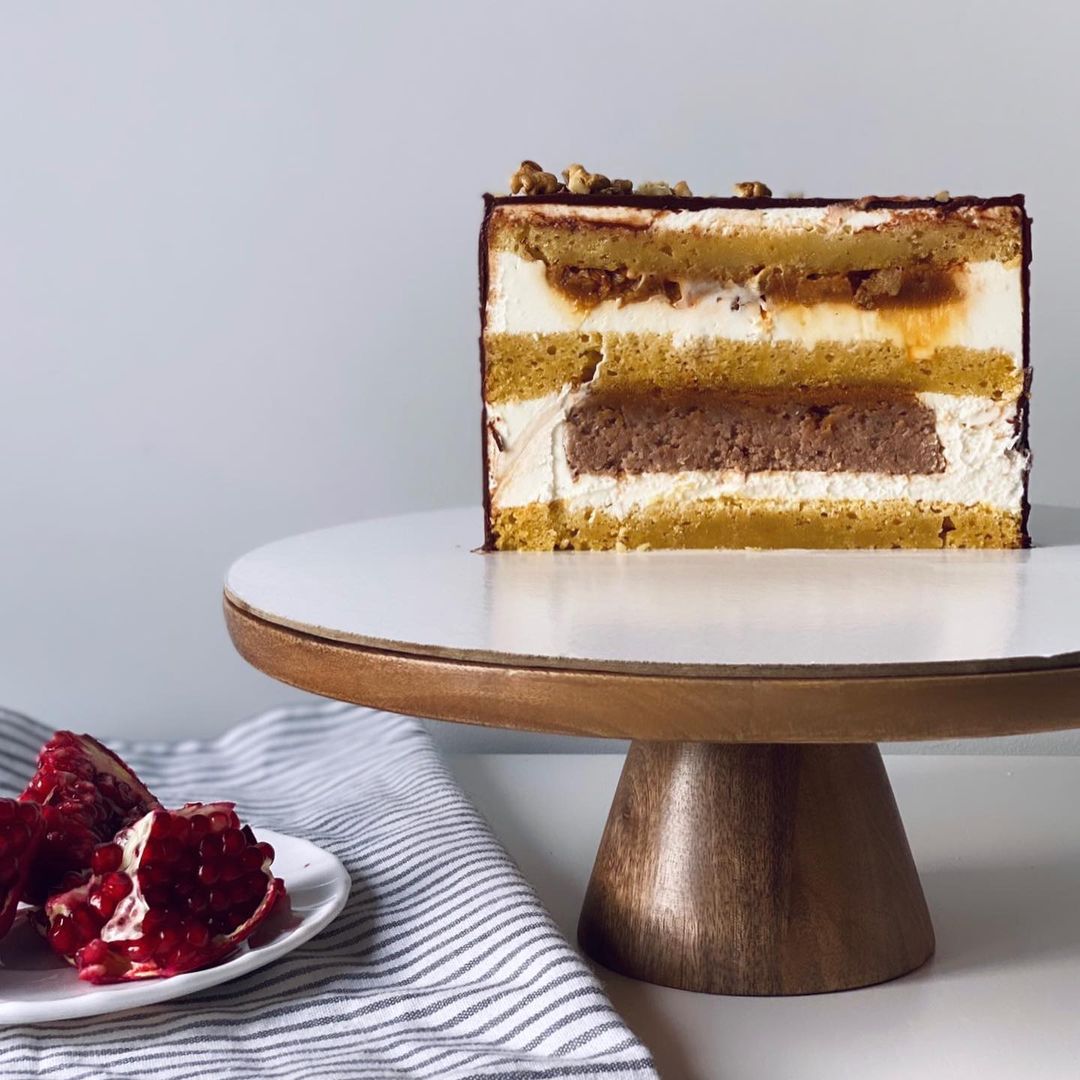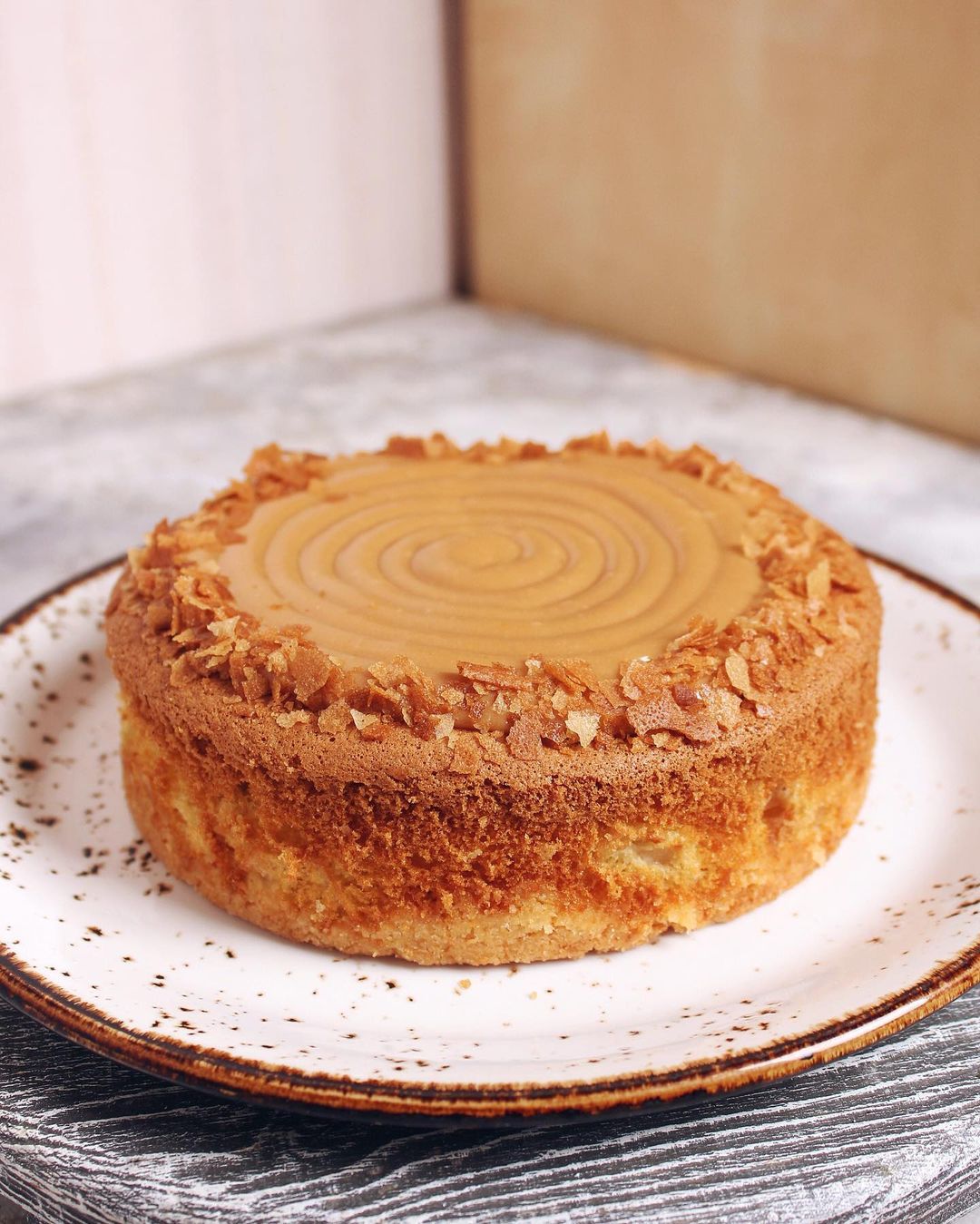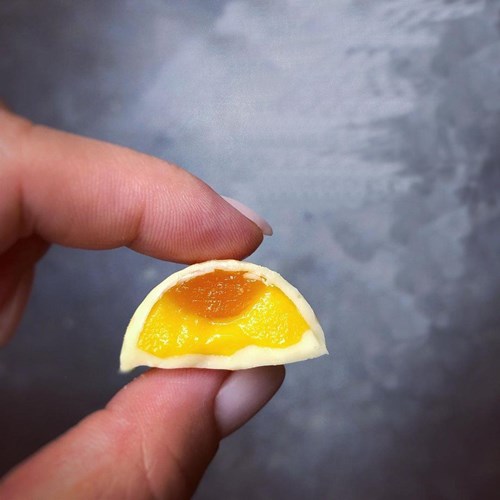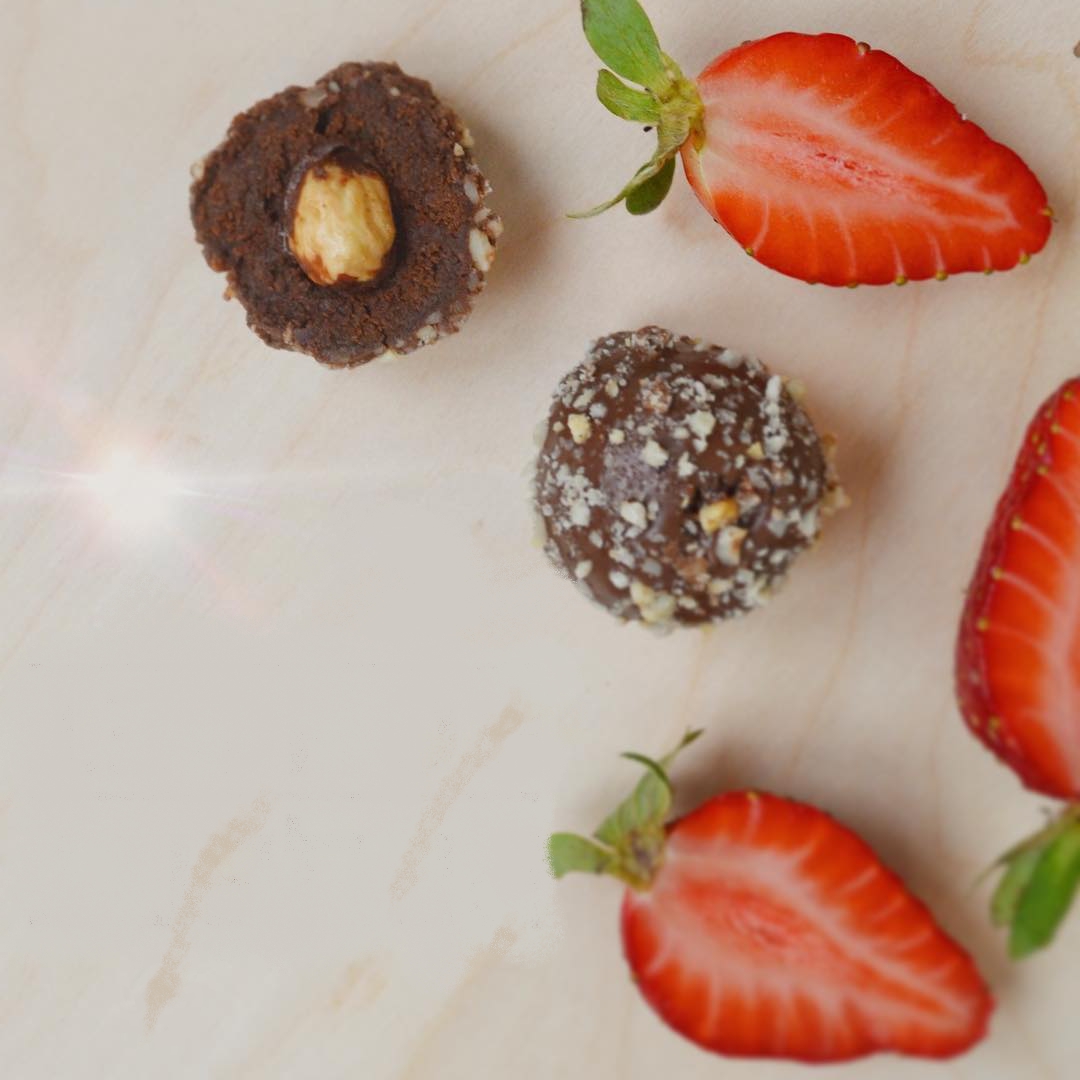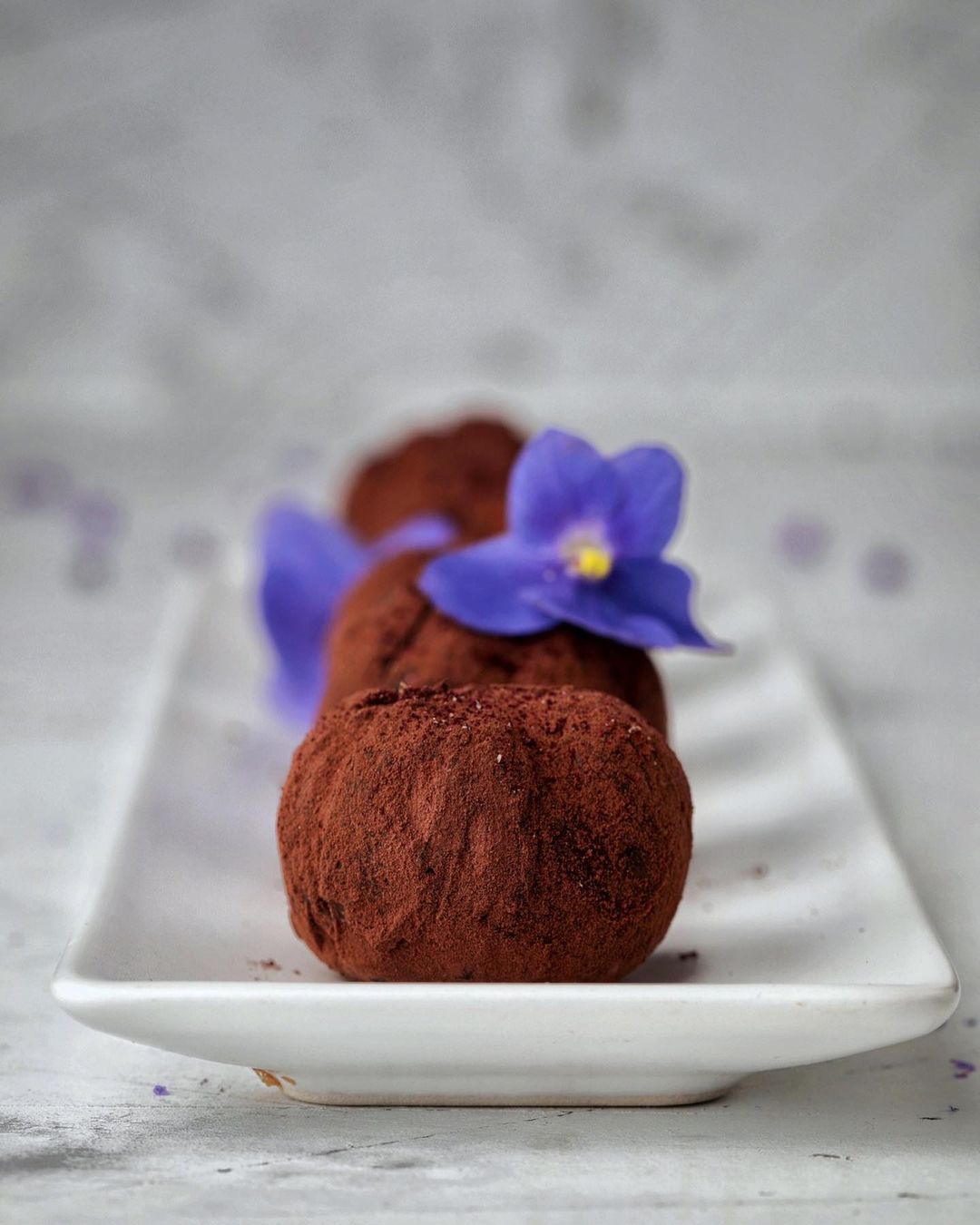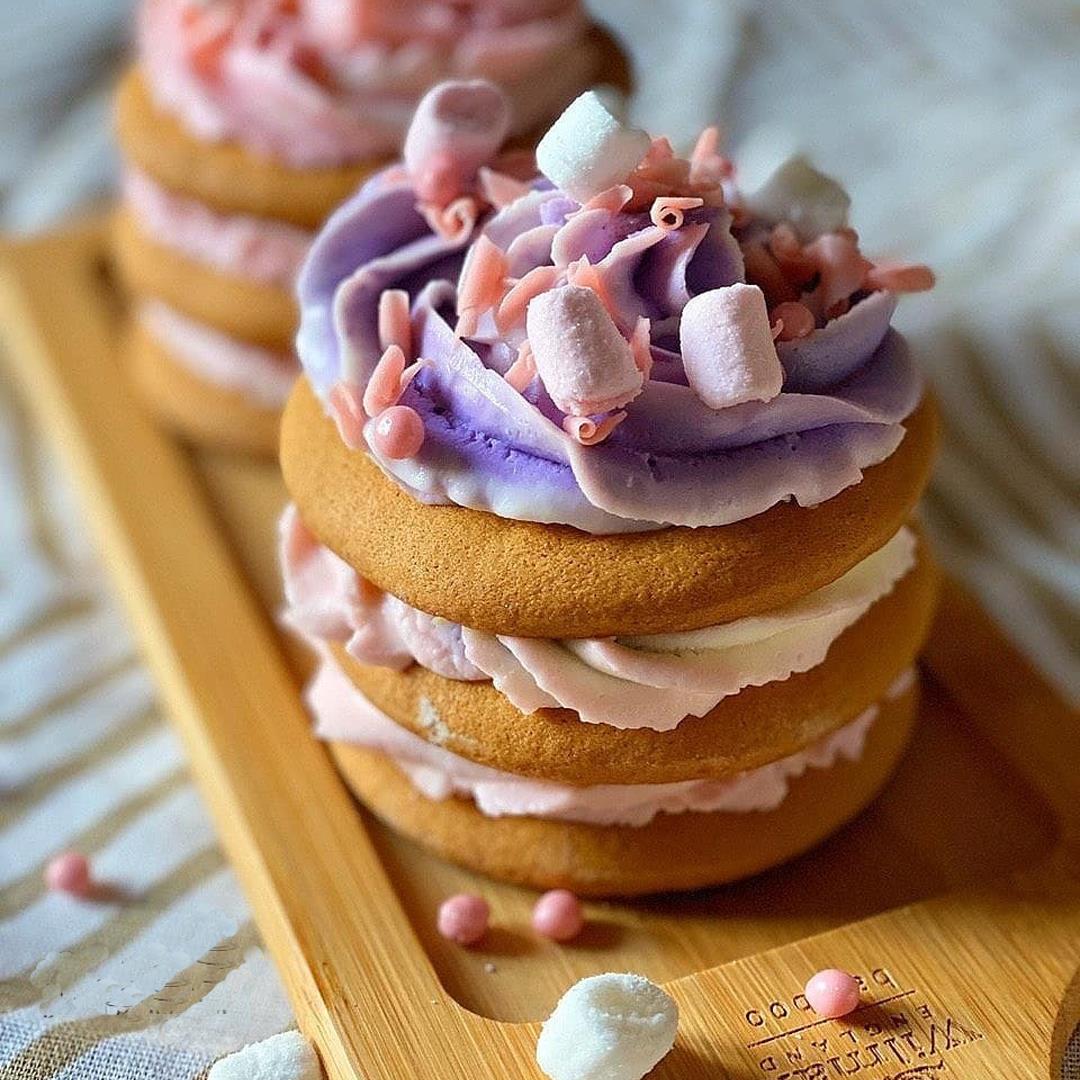Ingredients
Chocolate shortbread “sable”
Salted caramel
Instructions
Step 1
Step 2
Step 3
Step 4
Step 5
Step 6
Step 7
Step 8
Step 9
Step 10
Step 11
Step 12
Step 13
Step 14
Step 15
Step 16
Step 17
Step 18
Step 19
Step 20
Step 21
Step 22
Step 23
Step 24
Servings
Equipment
A stand mixer makes mixing the dough smooth and effortless. If you don't have one, a hand mixer will do, but be prepared for a bit more elbow grease.
This helps the air circulate, ensuring your shortbread cookies bake evenly. If you don’t own one, a regular baking sheet lined with parchment paper works too.
Used to roll out and refrigerate the dough, parchment paper prevents sticking and makes clean-up a breeze.
A trusty rolling pin is essential for getting that perfect dough thickness. Flour it lightly to avoid sticking.
Especially handy when making caramel, a thermometer ensures you achieve the perfect amber color without burning. A candy thermometer is a good investment if you plan to make caramel frequently.
Variations
Faq
- Why is my shortbread dough too sticky to handle?
If your dough is too sticky, it might be because the butter was too warm. Chill the dough in the fridge before rolling it out again.
- Can I make the dough without a stand mixer?
Absolutely! You can mix the dough by hand or use a hand mixer. It might require a bit more effort, but the results will be worth it.
- How do I know when the caramel is ready?
The caramel should reach an amber color and around 340°F (170°C). Stir constantly to avoid burning.
- What can I do if my caramel hardens too quickly?
If your caramel hardens, gently reheat it in a saucepan over low heat while stirring until it softens again.
- What's the best way to store these cookies?
Store the cookies in an airtight container at room temperature for up to a week or freeze them for longer storage.
- How can I avoid overbaking the cookies?
Keep a close eye on them during baking. They should be set but still a little soft in the center; they will firm up as they cool.

